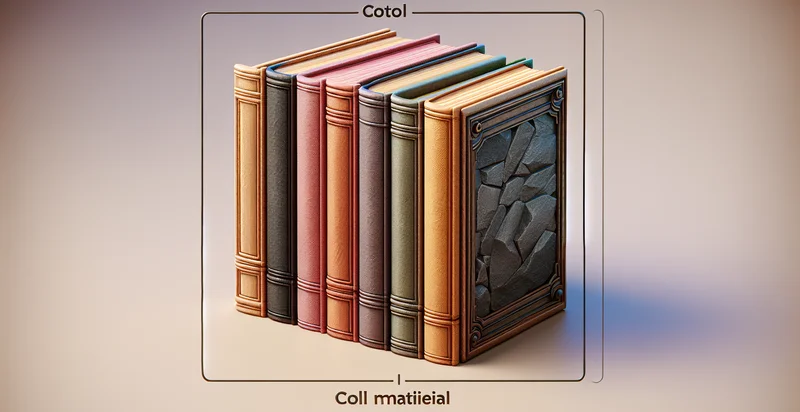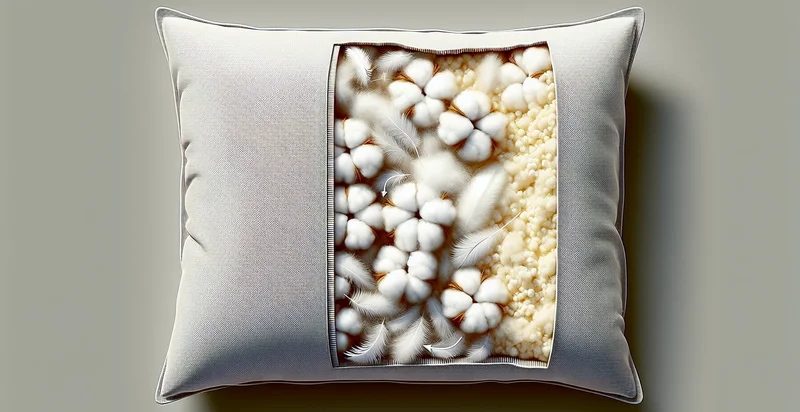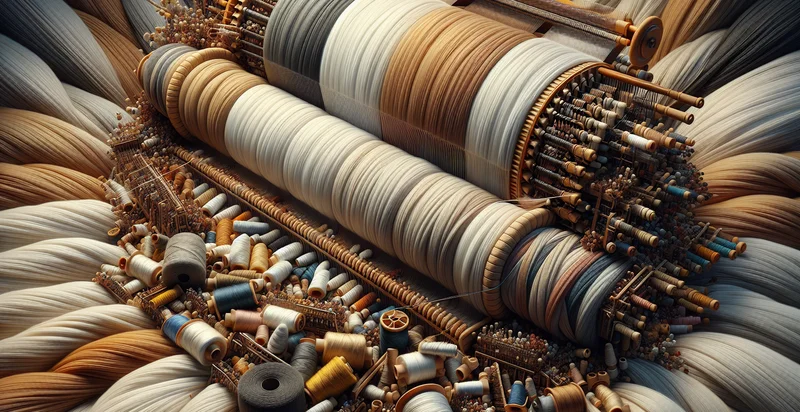Identify what material a bookend is made from
using AI
Below is a free classifier to identify what material a bookend is made from. Just upload your image, and our AI will predict what material a bookend is made from - in just seconds.

Contact us for API access
Or, use Nyckel to build highly-accurate custom classifiers in just minutes. No PhD required.
Get started
import nyckel
credentials = nyckel.Credentials("YOUR_CLIENT_ID", "YOUR_CLIENT_SECRET")
nyckel.invoke("what-material-a-bookend-is-made-from", "your_image_url", credentials)
fetch('https://www.nyckel.com/v1/functions/what-material-a-bookend-is-made-from/invoke', {
method: 'POST',
headers: {
'Authorization': 'Bearer ' + 'YOUR_BEARER_TOKEN',
'Content-Type': 'application/json',
},
body: JSON.stringify(
{"data": "your_image_url"}
)
})
.then(response => response.json())
.then(data => console.log(data));
curl -X POST \
-H "Content-Type: application/json" \
-H "Authorization: Bearer YOUR_BEARER_TOKEN" \
-d '{"data": "your_image_url"}' \
https://www.nyckel.com/v1/functions/what-material-a-bookend-is-made-from/invoke
How this classifier works
To start, upload your image. Our AI tool will then predict what material a bookend is made from.
This pretrained image model uses a Nyckel-created dataset and has 20 labels, including Acrylic, Aluminum, Brass, Cardboard, Ceramic, Composite, Concrete, Copper, Fabric and Foam.
We'll also show a confidence score (the higher the number, the more confident the AI model is around what material a bookend is made from).
Whether you're just curious or building what material a bookend is made from detection into your application, we hope our classifier proves helpful.
Related Classifiers
Need to identify what material a bookend is made from at scale?
Get API or Zapier access to this classifier for free. It's perfect for:
- Material Quality Assessment: This function can be used in quality control processes to evaluate the materials used in bookends during manufacturing. By identifying the material, manufacturers can ensure consistency and adherence to product specifications, ultimately improving product durability and customer satisfaction.
- Inventory Management: Retailers can utilize this function to streamline inventory management by consistently categorizing bookends based on their material. This can help in automating restocking processes and optimizing supply chains by ensuring the right materials are available based on customer preferences.
- Eco-Friendly Product Identification: Businesses focused on sustainability can implement this function to identify eco-friendly materials used in their bookends. This can enhance marketing efforts and attract environmentally conscious consumers seeking sustainable office or home decor.
- Market Analysis and Trend Monitoring: Online marketplaces can leverage this function to analyze market trends in bookend materials over time. By understanding consumer preferences, businesses can tailor their offerings and marketing strategies accordingly, ensuring they meet current market demands.
- Customization Services: Companies offering custom bookends made from specific materials can use this identifier to streamline the customization process. By easily identifying customer requests for particular materials, businesses can enhance order accuracy and improve customer satisfaction.
- Product Comparison Tool: E-commerce platforms can integrate this function to enable customers to compare bookends based on the material used. This feature can assist shoppers in making informed purchasing decisions by providing insights into the durability and aesthetics of different materials.
- R&D for New Products: Product development teams can employ this function in the research and development phase to test novel materials for bookends. By gaining insights into the performance and desirability of different materials, teams can innovate and design improved products that stand out in the market.


